
International Art | Sculpture
Satyr with wineskin cast 19th century
after UNKNOWN ROMAN

International Art | Sculpture
Satyr with wineskin cast 19th century
after UNKNOWN ROMAN

International Art | Painting
The prodigal son c.1780-1840
UNKNOWN

International Art | Sculpture
Spinario cast late 19th century
after School of PASITELES

Asian Art | Print
Courtesans (reprint) unknown
after EISEN
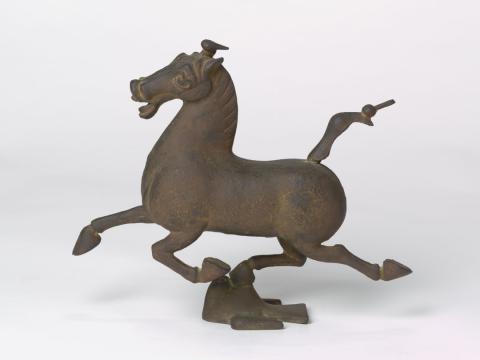
Asian Art | Sculpture
Flying horse of Kansu cast 1973
after EASTERN HAN ARTIST
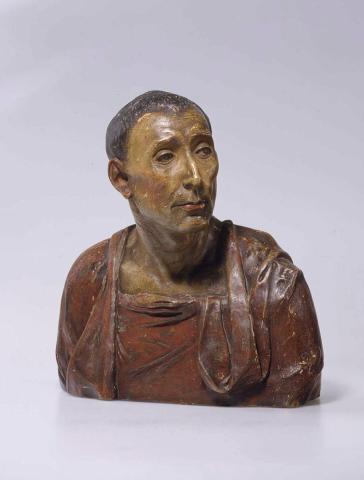
International Art | Sculpture
Bust of Niccolo da Uzzano unknown
after DONATELLO

International Art | Sculpture
Borghese warrior 19th century
after AGASIUS THE EPHESIAN

Pacific Art | Fibre
Jipai (mask) 2011
AFEX, Ben

International Art | Glass
Decanter c.1875-1900
AESTHETIC STYLE

International Art | Glass
Vase c.1880-1900
AESTHETIC STYLE

International Art | Glass
Vase c.1880-1900
AESTHETIC STYLE
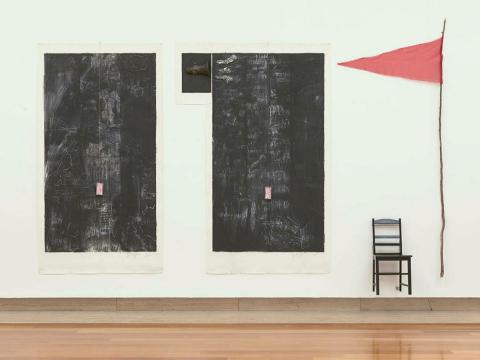
Contemporary Australian Art | Installation
Blackboards with pendulums 1992
KENNEDY, Peter

International Art | Drawing
Design
ADAM, Sicander

International Art | Metalwork
Tea urn c.1770-1800
ADAM STYLE

International Art | Ceramic
Long necked vase c.1900-50
ACOMO PUEBLO
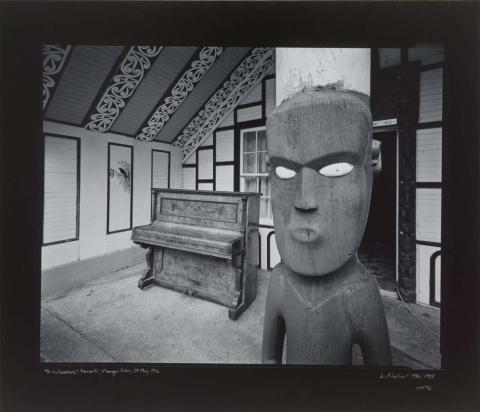
Pacific Art | Photograph
'Te Waiherehere', Koroniti, Wanganui River, 29 May 1986 1986, printed 1997
ABERHART, Laurence
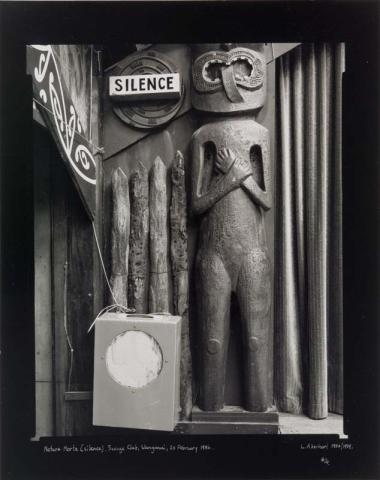
Pacific Art | Photograph
Nature morte (silence), Savage Club, Wanganui, 20 February 1986 1986, printed 1999
ABERHART, Laurence
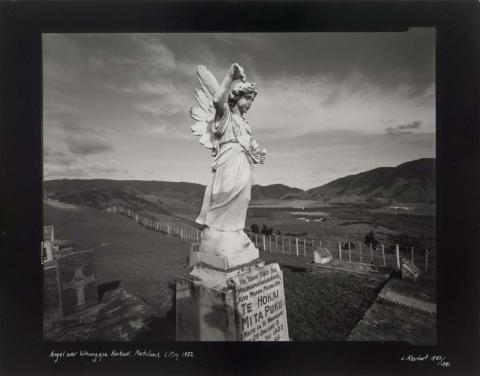
Pacific Art | Photograph
Angel over Whangape Harbour, Northland, 6 May 1982 1982, printed 1991
ABERHART, Laurence
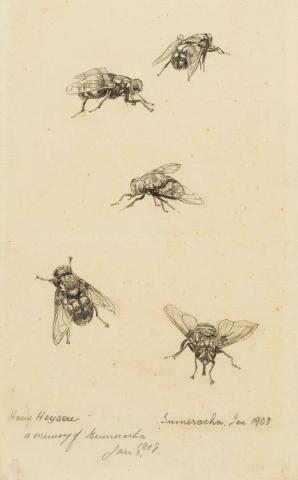
Australian Art | Drawing
A memory of Gumeracha (study of flies) 1908
HEYSEN, Hans

Pacific Art | Print
The boxer 2009
ABEL, Patrik
By Nicholas Chambers
Artlines | 1-2010 | December 2009
Romuald Hazoumé is a Beninese artist of Yoruba origin — one of the largest ethnic groups in West Africa. He was brought up in a Catholic family but has kept close contact with the Vordun culture, a traditional animistic religion practiced by many of the Yoruba people.
Hazoumé’s practice embraces sculpture, painting and photography but he is best known for his ‘masks’ — an ongoing series commenced in the mid 1980s in which discarded materials (most commonly plastic jerry cans) are modified to emulate the appearance of a face. As attested to by the artist’s photographs, these cans are ubiquitous in Benin where they are often used to carry rice to the Nigerian border which is traded for black market petrol. Weakened from being expanded over flames to increase their capacities, the petrol-filled jerry cans are transported back to Benin in gigantic clusters on motorbikes, often dwarfing the driver, and sometimes resulting in tragic accidents. The cans are a crucial yet expendable element in a system of trade and, in the context of Hazoumé’s practice, they can be read as a metaphor for slavery.
The particular forms taken by Hazoumé’s masks derive from a variety of forms including Catholic symbols and Yoruba gods. In addition to the plastic jerry cans, the artist employs a wide variety of other discarded materials including appliances, fabrics and natural materials such as feathers and porcupine quills.
In December 2009 and February 2010 the Gallery acquired a group of works by Hazoumé including Liberté, a significant mask in the artist’s oeuvre for its pointed reference to New York City’s Statue of Liberty as well as to Catholic images of Jesus with the crown of thorns.
Highly attuned to the West’s longstanding fascination with African masks, Hazoumé’s works are emblems of what Gerard A Houghton has described as the artist’s ‘drolly subversive take on the ongoing inequalities of exchange between contemporary Africa and the Western world.’1 The artist has observed that while the West has imported masks from Africa, it has in turn exported its rubbish, paying African nations to receive its waste. In Hazoumé’s words:
Today the Europeans have taken away all our masks and still they want more masks. In return they have left us their waste, which we do not manufacture ourselves. So, I recycle the rubbish which they send us everyday, as masks for which they have such a hunger and send it.2
At its heart, Hazoumé’s practice could be said to investigate the complexities of systems of trade: the relationships it establishes between different societies, its capacity to engender enslavement (economic and physical), and the potential for individuals to manipulate it to their own ends.
Endnotes
Feature image: Romuald Hazoumè’s (l–r) Nest Violeta, Wax Rasta and Liberte 2009, installed for 'Everyday Magic', September 2013 / Purchased 2010 with a special allocation from the Queensland Art Gallery Foundation / © Romuald Hazoume/ADAGP/Copyright Agency / Photograph: M Sherman, QAGOMA


